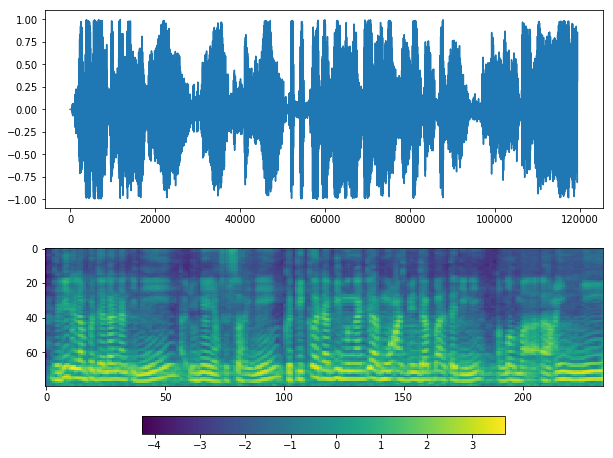Remove silents using VAD
Contents
Remove silents using VAD#
Remove silents actually is pretty hard, traditional people use certain dB threshold, if lower, we assume it is a silent with certain window size. If I set -20 dB for one sample audio, does not mean able to do it for another samples.
This tutorial is available as an IPython notebook at malaya-speech/example/remove-silents-vad.
This module is language independent, so it save to use on different languages.
This is an application of malaya-speech Pipeline, read more about malaya-speech Pipeline at malaya-speech/example/pipeline.
[1]:
import malaya_speech
import numpy as np
import librosa
from malaya_speech import Pipeline
[2]:
def norm_mel(y, sr):
mel = librosa.feature.melspectrogram(y, sr = sr, n_mels = 80)
return np.log10(np.maximum(mel, 1e-10)).T
def plot(y, sr):
mel = norm_mel(y, sr)
fig, axs = plt.subplots(2, figsize=(10, 8))
axs[0].plot(y)
im = axs[1].imshow(np.rot90(mel), aspect='auto', interpolation='none')
fig.colorbar(mappable=im, shrink=0.65, orientation='horizontal', ax=axs[1])
plt.show()
Load easy example#
[3]:
y, sr = malaya_speech.load('speech/podcast/nusantara.wav')
len(y) / sr
[3]:
12.27
[4]:
import matplotlib.pyplot as plt
import IPython.display as ipd
[5]:
ipd.Audio(y, rate = sr)
[5]:
[6]:
plot(y, sr)
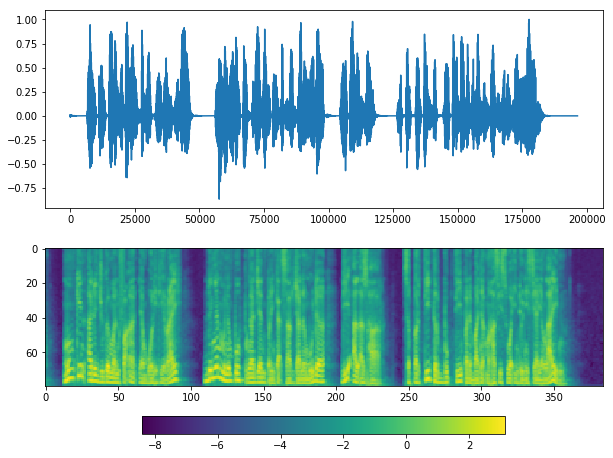
If you see at waveform graph or mel graph, we can see silent periods at the start, middle and end.
Use librosa.effects.trim#
[7]:
y_ = librosa.effects.trim(y, top_db = 20)[0]
[8]:
ipd.Audio(y_, rate = sr)
[8]:
[9]:
plot(y_, sr)
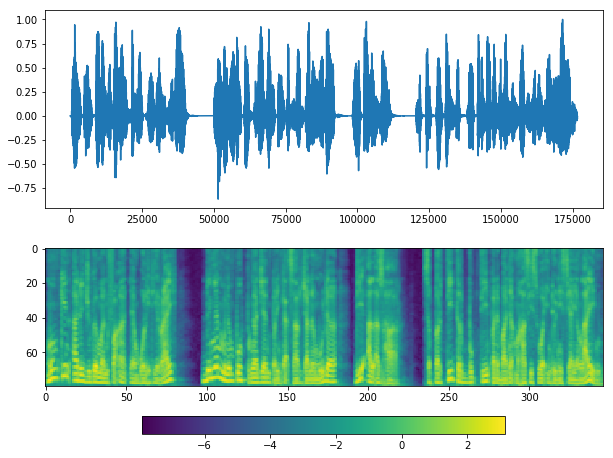
Looks good, but it missed silents at the middle.
Use pydub.silence.split_on_silence#
[10]:
from pydub import AudioSegment
from pydub.silence import split_on_silence
Before changed from float np.array into audiosegment, need to cast to int.
[11]:
y_int = malaya_speech.astype.float_to_int(y)
audio = AudioSegment(
y_int.tobytes(),
frame_rate = sr,
sample_width = y_int.dtype.itemsize,
channels = 1
)
[12]:
audio_chunks = split_on_silence(
audio,
min_silence_len = 200,
silence_thresh = -30,
keep_silence = 100,
)
audio_chunks
[12]:
[<pydub.audio_segment.AudioSegment at 0x14fb01810>,
<pydub.audio_segment.AudioSegment at 0x14fb01950>,
<pydub.audio_segment.AudioSegment at 0x14fb01990>,
<pydub.audio_segment.AudioSegment at 0x14fb01dd0>,
<pydub.audio_segment.AudioSegment at 0x14fb07490>]
[13]:
y_ = sum(audio_chunks)
y_ = np.array(y_.get_array_of_samples())
y_ = malaya_speech.astype.int_to_float(y_)
[14]:
ipd.Audio(y_, rate = sr)
[14]:
[15]:
plot(y_, sr)
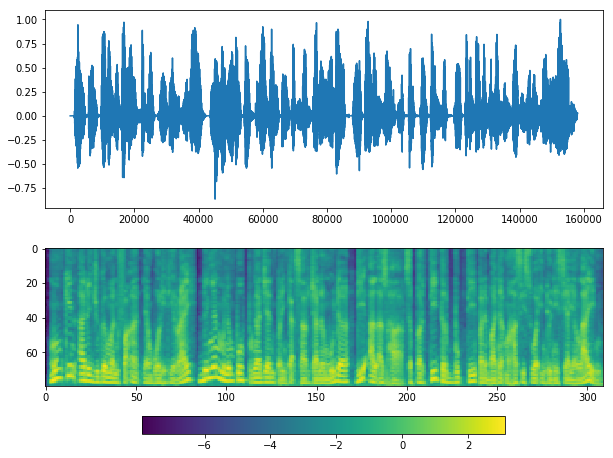
Looks good, but again, parameter silence_thresh is very important.
Use WebRTC VAD#
We also can split using VAD, good thing about VAD, we do not need to define certain threshold, it depends on how good the VAD model.
[16]:
vad = malaya_speech.vad.webrtc()
[17]:
y_= malaya_speech.resample(y, sr, 16000)
y_ = malaya_speech.astype.float_to_int(y_)
frames = malaya_speech.generator.frames(y, 30, sr)
frames_ = list(malaya_speech.generator.frames(y_, 30, 16000, append_ending_trail = False))
frames_webrtc = [(frames[no], vad(frame)) for no, frame in enumerate(frames_)]
Or can use pipeline,
[18]:
p = Pipeline()
pipeline_left = (
p.map(malaya_speech.generator.frames, frame_duration_ms = 30, sample_rate = 16000)
)
pipeline_right = (
p.map(malaya_speech.resample, old_samplerate = sr, new_samplerate = 16000)
.map(malaya_speech.astype.float_to_int)
.map(malaya_speech.generator.frames, frame_duration_ms = 30, sample_rate = 16000,
append_ending_trail = False)
.foreach_map(vad)
)
pipeline_left.foreach_zip(pipeline_right).map(malaya_speech.combine.without_silent)
p.visualize()
[18]:
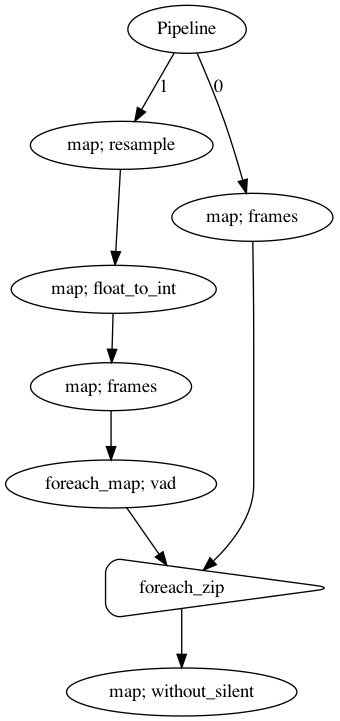
[19]:
results = p(y)
results.keys()
[19]:
dict_keys(['frames', 'resample', 'float_to_int', 'vad', 'foreach_zip', 'without_silent'])
[20]:
y_ = malaya_speech.combine.without_silent(frames_webrtc)
y_
[20]:
array([-1.83578565e-03, 2.21343555e-03, 5.58967798e-03, ...,
0.00000000e+00, -1.54295286e-05, 0.00000000e+00])
[21]:
ipd.Audio(y_, rate = sr)
[21]:
[22]:
plot(y_, sr)
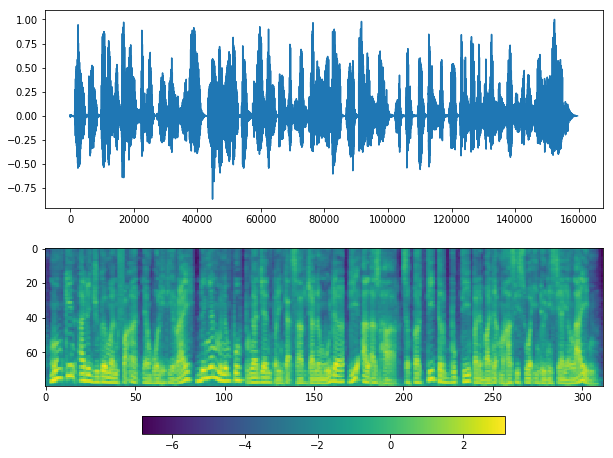
[23]:
ipd.Audio(results['without_silent'], rate = sr)
[23]:
[24]:
plot(y_, sr)

Load harder example#
[25]:
y, sr = malaya_speech.load('speech/khutbah/wadi-annuar.wav')
y = y[: sr * 15]
len(y), sr
[25]:
(160000, 16000)
[26]:
ipd.Audio(y, rate = sr)
[26]:
[27]:
plot(y, sr)
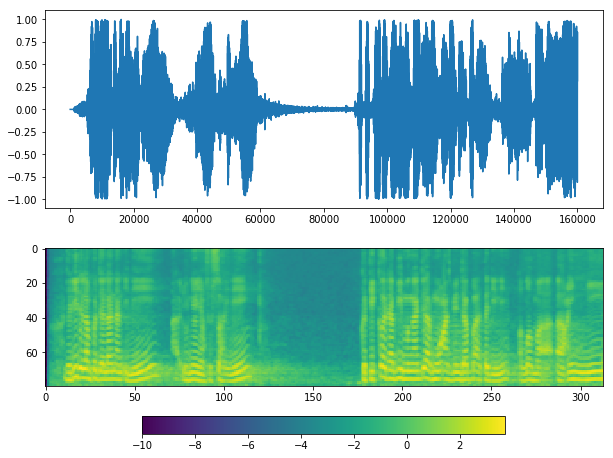
Use pydub.silence.split_on_silence#
[28]:
y_int = malaya_speech.astype.float_to_int(y)
audio = AudioSegment(
y_int.tobytes(),
frame_rate = sr,
sample_width = y_int.dtype.itemsize,
channels = 1
)
audio_chunks = split_on_silence(
audio,
min_silence_len = 200,
silence_thresh = -30,
keep_silence = 100,
)
audio_chunks
[28]:
[<pydub.audio_segment.AudioSegment at 0x1528b3950>,
<pydub.audio_segment.AudioSegment at 0x1528b3910>]
[29]:
y_ = sum(audio_chunks)
y_ = np.array(y_.get_array_of_samples())
y_ = malaya_speech.astype.int_to_float(y_)
ipd.Audio(y_, rate = sr)
[29]:
[30]:
plot(y_, sr)
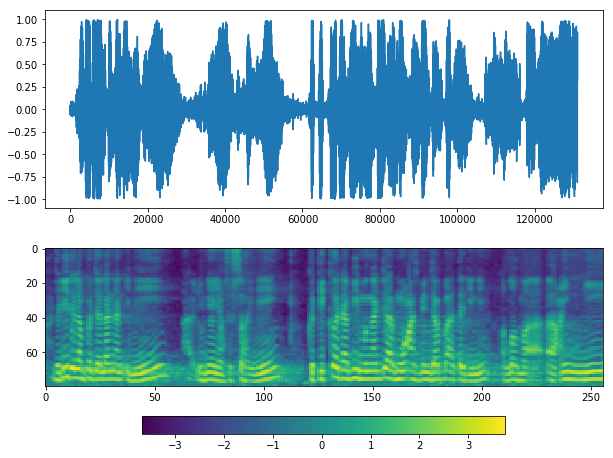
Use WebRTC VAD#
[31]:
results = p(y)
results.keys()
[31]:
dict_keys(['frames', 'resample', 'float_to_int', 'vad', 'foreach_zip', 'without_silent'])
[32]:
ipd.Audio(results['without_silent'], rate = sr)
[32]:
[33]:
plot(y_, sr)
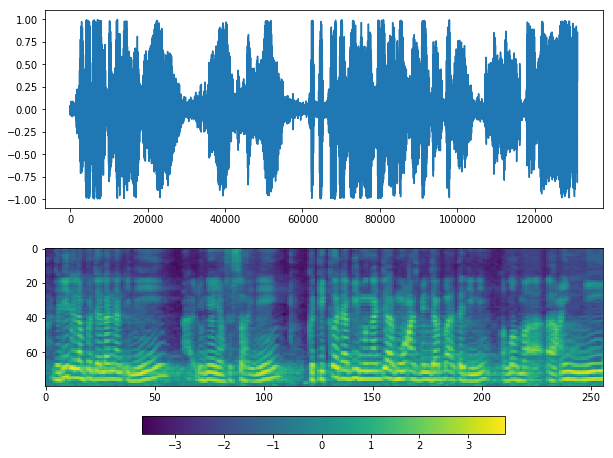
Use Deep learning VAD#
[34]:
quantized_model = malaya_speech.vad.deep_model(model = 'vggvox-v2', quantized = True)
WARNING:root:Load quantized model will cause accuracy drop.
WARNING:tensorflow:From /Users/huseinzolkepli/Documents/malaya-speech/malaya_speech/utils/__init__.py:66: The name tf.gfile.GFile is deprecated. Please use tf.io.gfile.GFile instead.
WARNING:tensorflow:From /Users/huseinzolkepli/Documents/malaya-speech/malaya_speech/utils/__init__.py:66: The name tf.gfile.GFile is deprecated. Please use tf.io.gfile.GFile instead.
WARNING:tensorflow:From /Users/huseinzolkepli/Documents/malaya-speech/malaya_speech/utils/__init__.py:68: The name tf.GraphDef is deprecated. Please use tf.compat.v1.GraphDef instead.
WARNING:tensorflow:From /Users/huseinzolkepli/Documents/malaya-speech/malaya_speech/utils/__init__.py:68: The name tf.GraphDef is deprecated. Please use tf.compat.v1.GraphDef instead.
WARNING:tensorflow:From /Users/huseinzolkepli/Documents/malaya-speech/malaya_speech/utils/__init__.py:61: The name tf.InteractiveSession is deprecated. Please use tf.compat.v1.InteractiveSession instead.
WARNING:tensorflow:From /Users/huseinzolkepli/Documents/malaya-speech/malaya_speech/utils/__init__.py:61: The name tf.InteractiveSession is deprecated. Please use tf.compat.v1.InteractiveSession instead.
[35]:
p = Pipeline()
pipeline_left = (
p.map(malaya_speech.generator.frames, frame_duration_ms = 30, sample_rate = 16000)
)
pipeline_right = (
pipeline_left.batching(5)
.foreach_map(quantized_model.predict)
.flatten()
)
pipeline_left.foreach_zip(pipeline_right).map(malaya_speech.combine.without_silent,
threshold_to_stop = 0.05)
p.visualize()
[35]:
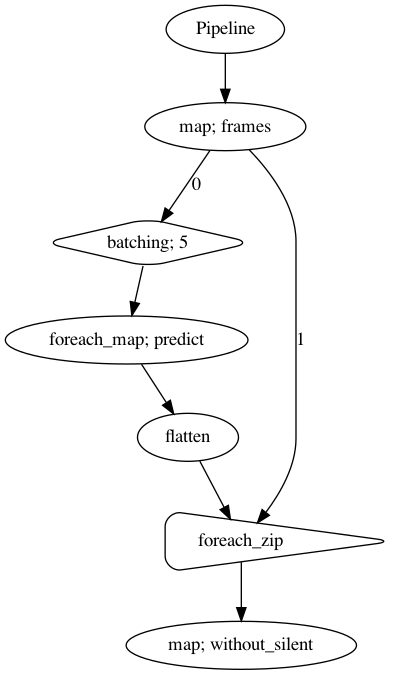
[36]:
results = p(y)
results.keys()
/Library/Frameworks/Python.framework/Versions/3.7/lib/python3.7/site-packages/librosa/core/spectrum.py:224: UserWarning: n_fft=512 is too small for input signal of length=480
n_fft, y.shape[-1]
/Library/Frameworks/Python.framework/Versions/3.7/lib/python3.7/site-packages/librosa/core/spectrum.py:224: UserWarning: n_fft=512 is too small for input signal of length=160
n_fft, y.shape[-1]
[36]:
dict_keys(['frames', 'batching', 'predict', 'flatten', 'foreach_zip', 'without_silent'])
[37]:
ipd.Audio(results['without_silent'], rate = sr)
[37]:
[38]:
plot(results['without_silent'], sr)
